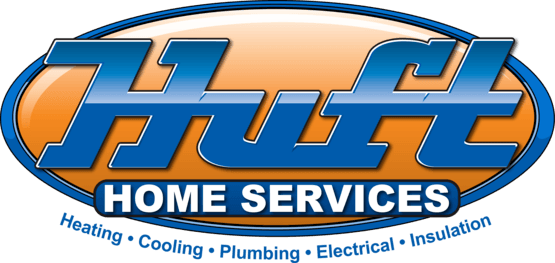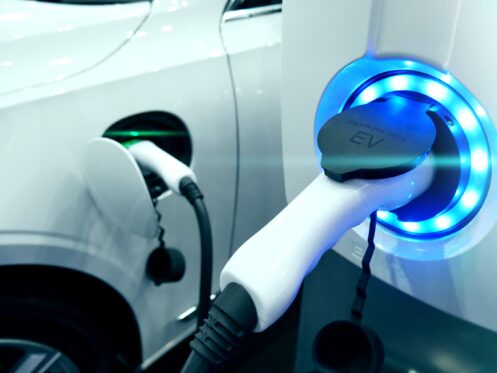Whether you already own an electric vehicle or are considering purchasing one soon, understanding what home charging requires is essential. This guide covers everything California homeowners need to know, including different types of chargers, the EV charger installation requirements, available incentives, and how to prepare your home for the electrical upgrade.
Types of EV Chargers Available
Not all EV chargers are created equal, and knowing the differences can help you decide which one fits your home and lifestyle best. Level 1 chargers use a standard 120-volt household outlet, which means you can plug them in almost anywhere there is a three-prong outlet.
They are the most affordable option and offer convenience for occasional charging or as a backup. However, they are much slower than other types, typically adding only about 3 to 5 miles of driving range per hour of charging. This makes them impractical for daily use if you drive a lot.
Level 2 chargers provide a significant upgrade in charging speed and power. These chargers operate on a 240-volt circuit, similar to what powers large appliances like dryers or ovens. They require professional installation by a licensed electrician.
For most homeowners, Level 2 chargers are the preferred choice because they can fully recharge most electric vehicles overnight, adding roughly 20 to 30 miles of range per hour. This makes them well-suited for everyday use, ensuring your vehicle is ready whenever you need it.
When considering a Level 2 charger, it’s important to think about your home’s electrical capacity and where you want the charger installed, such as your garage or driveway. A professional assessment from our team will ensure your electrical panel can handle the load safely and help you select the best location for convenient access.
Why Home Charging Is Better for Your EV Battery
While DC fast chargers at public stations are helpful when you’re on the road, frequent use can take a toll on your EV’s battery over time. These high-powered chargers offer a fast solution when your battery is low.
However, quick charging generates more heat and places additional stress on the battery’s internal components. That added strain can accelerate battery wear, potentially reducing its long-term capacity and overall lifespan.
Home charging, especially with a Level 2 charger, provides a slower, steadier charge. This is gentler on your battery and allows for better thermal regulation during the charging process. Just like with smartphones or laptops, batteries tend to last longer when charged gradually rather than being charged at maximum speed.
If you want your EV battery to maintain peak performance for years to come, making home charging your primary method is one of the smartest steps you can take.
What Homeowners Should Know Before Installing an EV Charger
Installing a home EV charger involves more than selecting the right equipment. Your home must meet certain electrical and code requirements before the project can begin.
In California, that often includes securing permits and passing inspections to comply with local safety regulations. An evaluation of your electrical panel is one of the first steps. Many older panels may not have the capacity to support a Level 2 charger. Upgrading yours may be necessary to avoid overloading your system and creating an unsafe situation.
Because of the electrical load involved and the need to meet California’s building codes, this is not a do-it-yourself project. Improper wiring or code violations can put your home at risk of electrical fires or failed inspections. That’s why it’s essential to hire a licensed electrician with experience in EV charger installations.
At Huft Home Services, we handle the entire process for you. We will verify your system’s capacity and coordinate with local permitting offices. Our team has helped homeowners throughout California install dependable charging stations that are safe, efficient, and will last for years to come.
What to Expect During the Installation Process
Once you reach out to us for EV charger installation, we’ll begin with an on-site evaluation of your home’s electrical system. One of our licensed electricians will inspect your electrical panel to confirm it can handle the added load of a Level 2 charger. If an upgrade is needed, we’ll explain your options, outline any additional work, and provide a clear, upfront quote before moving forward.
The next step is choosing the best installation location. Most homeowners prefer to place the charger in a garage or along a driveway wall for easy daily access. Our team will map out the wiring route and determine the most efficient placement to minimize cost and maximize convenience.
Installation typically takes a few hours but can vary depending on your home’s layout and the condition of your existing electrical system. Once installed, we’ll test the charger to make sure it’s working safely and delivering the expected charging speed.
Before we wrap up, our technician will walk you through how to operate and maintain your new charger. We’ll show you basic functions, how to monitor performance, and offer tips on getting the most out of your charger long-term. Our goal is to ensure you feel confident and fully prepared to charge your EV at home.
Benefits of Installing a Home EV Charger
Installing an EV charger at home offers several clear advantages. First, it can save you money. Many California utility providers offer time-of-use rates, which means you can charge your vehicle overnight at a significantly lower cost than using public charging stations.
Convenience is another major benefit. Instead of planning trips around public chargers or waiting in line, you can plug in at home whenever it works for your schedule. Your vehicle will be ready to go each morning without you having to carve extra time out of your daily routine to charge your batteries.
Finally, a home charging station can boost your property’s value. As more buyers look for EV-ready homes, having a built-in charger makes your property more appealing and marketable. It’s a smart upgrade that benefits your daily life now and adds long-term resale value to your home.
Incentives and Rebates for California Homeowners
California living isn’t just about sunny skies and beautiful coastlines. It’s also about smart energy choices. One of the best perks of going electric in this state is the wide range of incentives and rebates available to homeowners.
Several utility companies and government programs provide rebates for Level 2 chargers, permit fees, or electrical panel upgrades. Some also offer special rate plans that lower your electricity costs when you charge during off-peak hours. These programs vary depending on your location, so it’s important to review what’s available in your area before starting your project.
Contact Your Local Experts
If you’re ready to take the next step in upgrading your home with an EV charger, we’re here to help. Whether you’re looking for more convenience or need additional electrical services, Huft Home Services in Sacramento has the tools and expertise to support your goals.
Contact Huft Home Services today to schedule your EV charger consultation to get started.




